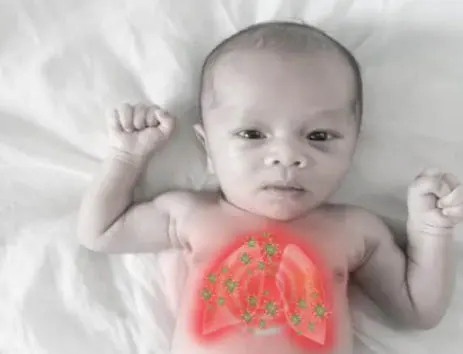Many people associate pneumonia with the elderly, but it is actually the biggest infectious killer of children worldwide. Every year, it claims the lives of more than 725,000 children under the age of 5, including around 190,000 newborns, who are particularly vulnerable to infection.
It is inexcusable that thousands of children are unable to access the essential health services and treatments, which can prevent pneumonia and save their lives.
Pneumonia is an acute respiratory infection of the lungs. It doesn’t have one single cause – it can develop from either bacteria, viruses or fungi in the air. When a child is infected, their lungs are filled with fluid and it becomes difficult to breathe. Children whose immune systems are immature (i.e. newborns) or weakened – such as by undernourishment, or diseases like HIV – are more vulnerable to pneumonia.
As pneumonia is an infection of the lungs, the most common symptoms are coughing, trouble breathing and fever. Children with pneumonia usually experience fast breathing, or their lower chest may draw in or retract when they inhale (in a healthy person, the chest expands during inhalation).
Pneumonia is contagious and can be spread through airborne particles (a cough or sneeze). It can also be spread through other fluids, like blood during childbirth, or from contaminated surfaces.
Health workers can diagnose pneumonia through a physical exam, including checking for abnormal breathing patterns and listening to the child’s lungs. Sometimes they may use chest x-rays or blood tests for diagnosis.
In countries without strong health care systems (i.e. few doctors, lack of access to chest x-rays and laboratories), health workers often rely on diagnosing pneumonia by counting the number of breaths the child takes per minute. For instance, a 5 month old child who takes 50 breaths per minute would be breathing too fast, and could have pneumonia. The number of breaths for ‘fast breathing’ depends on the child’s age – younger children normally have higher rates of breathing than older children.
The treatment for pneumonia depends on the type of pneumonia. In developing countries, a large number of pneumonia cases is caused by bacteria and can be treated with low cost antibiotics.









